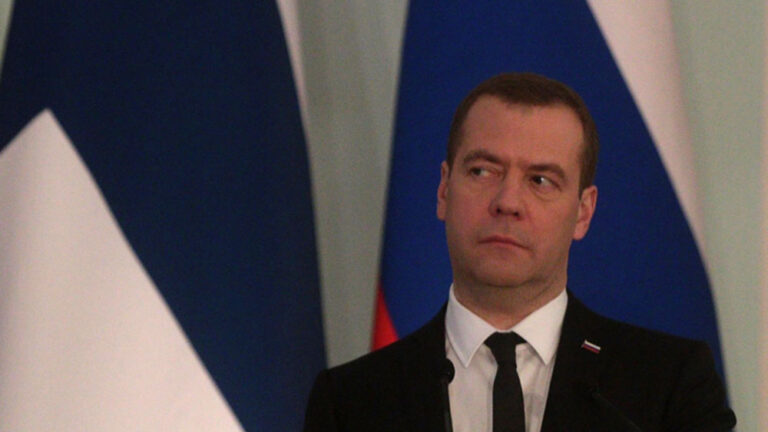The world economy is experiencing a turbulent start to 2016. Stock markets are plummeting; emerging economies are reeling in response to the sharp decline in commodities prices; refugee inflows are further destabilizing Europe; China’s growth has slowed markedly in response to a capital-flow reversal and an overvalued currency; and the US is in political paralysis. A few central bankers struggle to keep the world economy upright.
To escape this mess, four principles should guide the way. First, global economic progress depends on high global saving and investment. Second, saving and investment flows should be viewed as global, not national. Third, full employment depends on high investment rates that match high saving rates. Fourth, high private investments by business depend on high public investments in infrastructure and human capital. Let’s consider each.
First, our global goal should be economic progress, meaning better living conditions worldwide. Indeed, that goal has been enshrined in the new Sustainable Development Goals adopted last September by all 193 members of the United Nations. Progress depends on a high rate of global investment: Building the skills, technology, and physical capital stock to propel standards of living higher. In economic development, as in life, there’s no free lunch: Without high rates of investment in know-how, skills, machinery, and sustainable infrastructure, productivity tends to decline (mainly through depreciation), dragging down living standards.
High investment rates in turn depend on high saving rates. A famous psychological experiment found that young children who could resist the immediate temptation to eat a marshmallow, and thereby gain two marshmallows in the future, were likelier to thrive as adults than those who couldn’t. Likewise, societies that defer instant consumption in order to save and invest for the future will enjoy higher future incomes and greater retirement security.
Second, saving and investment flows are global. A country such as China, with a high saving rate that exceeds local investment needs, can support investment in other parts of the world that save less, notably low-income Africa and Asia. China’s population is aging rapidly, and Chinese households are saving for retirement. The Chinese know that their household financial assets, rather than numerous children or government social security, will be the main source of their financial security. Low-income Africa and Asia, on the other hand, are both capital-poor and very young. They can borrow from China’s high savers to finance a massive and rapid build-up of education, skills, and infrastructure to underpin their own future economic prosperity.
Third, a high global saving rate does not automatically translate into a high investment rate; unless properly directed, it can cause underspending and unemployment instead. Money put into banks and other financial intermediaries can finance productive activities or short-term speculation.
Fourth, today’s investments with high social returns depend on public-private partnerships, in which public investment and public policies help to spur private investment. This has long been the case: Railroad networks, aviation, automobiles, semiconductors, satellites, GPS, hydraulic fracturing, nuclear power, genomics, and the Internet would not exist but for such partnerships (typically, but not only, starting with the military). Our global problem today is that the world’s financial intermediaries are not properly steering long-term saving into long-term investments. The problem is compounded by the fact that most governments (the US is a stark case) are chronically underinvesting in long-term education, skill training, and infrastructure. Private investment is falling short mainly because of the shortfall of complementary public investment. Shortsighted macroeconomists say the world is under-consuming; in fact, it is underinvesting.
The result is inadequate global demand and highly volatile short-term capital flows to finance consumption and real estate. Such short-term flows are subject to abrupt reversals of size and direction. The 1997 Asian financial crisis followed a sudden stop of capital inflows to Asia, and global short-term lending suddenly dried up after Lehman Brothers collapsed in September 2008, causing the Great Recession. Now China is facing the same problem, with inflows having abruptly given way to outflows.
The mainstream macroeconomic advice to China fails the marshmallow test. It encourages overconsumption, underinvestment, and rising unemployment in a rapidly aging society, and in a world that can make tremendous use of China’s high saving and industrial capacity.
The right policy is to channel China’s high saving to increased investments in infrastructure and skills in low-income Africa and Asia. China’s new Asian Infrastructure Investment Bank (AIIB) and its One Belt, One Road initiative to establish modern transport and communications links throughout the region are steps in the right direction. These programs will keep China’s factories operating at high capacity to produce the investment goods needed for rapid growth in today’s low-income countries. China’s currency should be allowed to depreciate so that China’s capital-goods exports to Africa and Asia are more affordable.
More generally, governments should expand the role of national and multilateral development banks to channel long-term saving from pension funds, insurance funds, and commercial banks into long-term public and private investments in twenty-first-century industries and infrastructure. Central banks and hedge funds cannot produce long-term economic growth and financial stability. Only long-term investments, both public and private, can lift the world economy out of its current instability and slow growth.(JEFFREY D. SACHS)
LInk: http://www.arabnews.com/columns/news/871561



